I have seen alebrijes around since I was a kid. My grandma used to have a big and colorful collection. When I was afraid of the darkness and I couldn’t sleep well, she brought home a couple of alebrijes to give me courage and strength. A tiger with eagle wings, so worse case I could fly away from the danger. And a fish with claws and an owl head, to be smart to deal with my nightmares or bad ghosts, and agile to swim away from them.
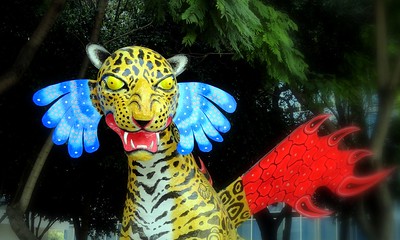
Those alebrijes were on my nightstand long time. For me, they represented my grandma in the shape of those exotic figures protecting me while sleeping and giving me the necessary strength to stand by myself. Those lovely alebrijes moved away only when my grandma died. I was very sad. She and her alebrijes gave me a lot of good stuff for years. Since we couldn’t be together anymore, alebrijes could take care of her and be nice company.

Alebrijes are a beautiful Mexican tradition and they have become internationally popular. If you are ready to Pack and Go to Mexico, this article can prepare your magical encounter with those fantastic and colorful Mexican creatures.
| Follow PackAndGo.info at: | |
| YouTube | @packandgo. |
| @packandgo.info | |
| @packandgoinfo | |
| @packandgo.info | |
| TikTok | @packandgo.info |
What the Mexican alebrijes are?
Alebrijes are Mexican crafts that recreate figures of hybrid animals. That is, each figure combines physiognomic elements of different animals. The craftsmen are mainly based on real animal features, but their combination results in a fantastic, non-realistic animal figure. In practical terms, they are used mostly to decorate people’s homes.
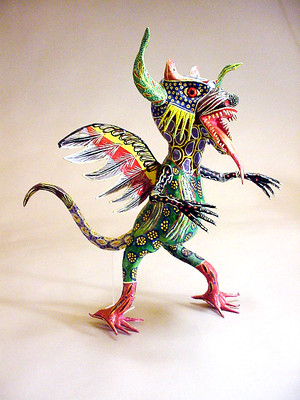
There are different animal feature combinations, sizes, from a little version not bigger than your hand to monumental versions up to 3 or more meters high. These last can be seen in exhibitions and parades.
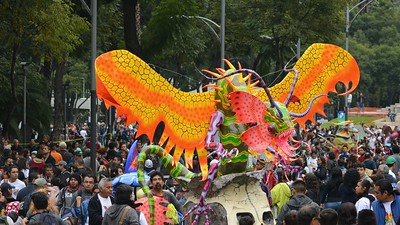
What is the story behind alebrijes?
The story behind alebrijes is not too old and it’s an interesting one. This level of fantasy and creativity was the result of a human illness.
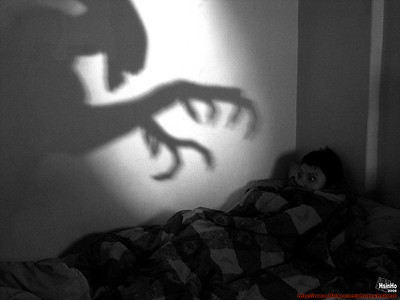
Alebrijes were created by the Mexican handicraftsman Pedro Linares López in 1936. Pedro Linares was born in 1906 in Mexico City. He was “cartonero”, meaning a man dedicated to papier-mâché sculpting of piñatas, masks, Catholic saints, and more Mexican figures. This is a traditional and popular handcraft in Mexico and it’s called “Cartonería” in Spanish. The kind of texture the paper gets after the sculpting process refers to the paperboard’s one. It’s also called “cartón-piedra” (paperboard-rock) due to its final rigidness.
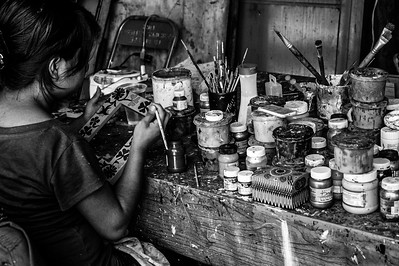
When Pedro Linares was thirty years old (1936), he got a severe illness that produced high fiber for a long time. While being unconscious, he had a dream or a hallucination, in which he was strolling around a weird forest. There, he found different strange and colorful creatures like a winged donkey, a rooster with bull horns, and a dog-headed lion. They all were yelling the same word, “alebrijes”.
Against the initial medical prognosis, he managed to heal. He got back to his artisan workshop and then he decided to replicate the fantastic creatures of that dream. The result was several exotic chimeras visually very attractive. Pedro Linares's creation was a success and soon, more handicraftsmen imitated his alebrijes using the same technique, “Cartonería” or papier-mâché sculpting.

Even the famous painters Frida Kahlo and Diego Rivera requested Pedro Linares to create alebrijes for them. This collection is currently available in the Anahuacalli Museum in Mexico City. In 1975, Judith Bronowski, a British filmmaker produced a documentary about alebrijes and his creator. Pedro Linares never imagined that a hallucination could solve his economic problems and change his life in such a way. His alebrijes became a great contribution to Mexican popular art.
What is the origin of Oaxaca alebrijes?
The original alebrijes were created in 1936 by the Mexican handicraftsman, Pedro Linares López, in Mexico City. As we already explained, his alebrijes got really popular all around Mexico and even abroad. Handcrafting is a common activity all around Mexico. Techniques, materials, and styles vary based on the town, region, or state of the Republic. When the alebrijes succeeded, handicraftsmen from Oaxaca and other Mexican states saw the opportunity and replicated Pedro Linares's alebrijes. With time, they developed their versions. In Oaxaca, handicraftsmen started sculpting alebrijes using their traditional copal wood, instead of paper and the papier-mâché technique.

People liked the result and more handicraftsmen in Oaxaca turned to alebrijes as the main product or included them in their variety of figures. After, they added a mystic factor to their alebrije version. They said they got the inspiration to create them on the nahuales, a pre-Hispanic myth that involves animals as protectors or guardians of humans.
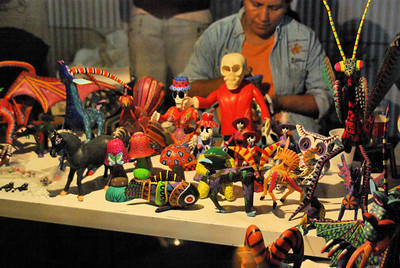
What is a nahual?
Nahual is a supernatural entity that is documented in different stories from the pre-Hispanic times. It had been pointed like a witch, evil, or a guardian. In Oaxaca, a nahual is a guardian every human has. And this guardian is an animal.

Old people from Salina Cruz, La Ventosa, San Vicente de las Piñas or Huajuapan de León in Oaxaca have explained that a nahual is the animal with which you have a supernatural relation since you get born. It is like your twin in an animal version. It becomes your protector forever. And with time, you should develop the skills of such animal, and even a sort of therianthropy, meaning to be able to transform in that animal. The animal could also transform into a human.
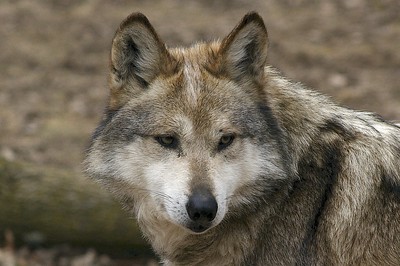
Others in Oaxaca tell a darker story. A nahual can also be an entity that tortures souls during their trip to their altar. It is especially evil with the youngest souls. Some rituals are required for humans to help those souls to reach their destination safely.
What is the myth of the nahual in Oaxaca?
In Oaxaca, the myth of the nahual says that every newborn should get his or her nahual. To get it, once the mother gave birth, her baby should be taken to a forest or a field to be left in a quiet spot there with the close surveillance of the parents.

Then, they had to wait for the first animal to get close to the baby. This animal would be the baby’s nahual. His or her guardian for life. And with time, due to this supernatural bond, the human could develop the animal’s skills and the ability to transform on it and vice-versa.

The dark version of the myth says a nahual is an entity from the supernatural world that tortures souls during their journey to their altar. It is said that the nahuales come from humans who were not good in life. So, when they die they are transformed into permanently hungry and thirsty beasts.
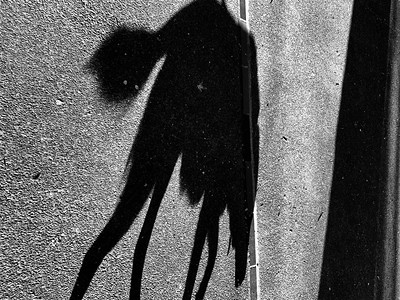
Nahuales are said to be crueler to young souls. For this reason, people usually include a guard dog, or itzcuintli, on their altars to protect them and ensure their safe arrival at their destination.
Conclusion
Alebrijes are fantastic and colorful Mexican creatures. Now you know the story behind their creation. If you are going to Mexico, don’t miss the chance to get some! They can get your heart just like my grandma's alebrijes did with me or if you like to believe in supernatural guardians, well, you’ll have an extra hand, just in case. They are a beautiful tradition that it’s worth meeting and sharing with your loved ones!
Share your experiences and favorite alebrijes with us.
| Follow PackAndGo.info at: | |
| YouTube | @packandgo. |
| @packandgo.info | |
| @packandgoinfo | |
| @packandgo.info | |
| TikTok | @packandgo.info |
